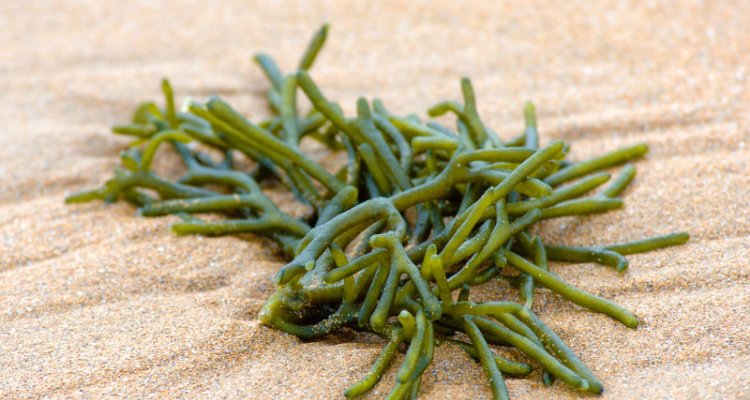
Safe seaweed to feed the planet
By 2050 our planet will have around ten billion people to feed. With over 800 million of us already living in hunger, we urgently need answers to this major agricultural challenge. Seaweed could be one of them.
Replacement of animal protein
Finding a replacement for animal protein to feed people and animals is one of our biggest challenges as a planet. Seaweed, an incredible source of protein, amino acids and vitamins, is an obvious substitute. Nori, kelp, dulse and other seaweeds are eaten in coastal communities in every continent. And seaweed is rapidly gaining a reputation as a ‘superfood’, driving a huge increase in consumption of sushi and seaweed smoothies.
Food safety in SOMOS project
SOMOS stands for the Safe Production of Marine Plants and Use of Ocean Space and the scientists involved hope governments will use their research to set priorities for monitoring seaweed food safety. They also hope that tackling food safety issues will help the seaweed industry grow. Their research has already reaped benefits. It’s led to almost €10m European Union Horizon 2020 funding for five pilot projects in the North Sea – with Lloyd’s Register Group playing an active role in the consortium delivering them.
Wageningen Food Safety Research
Researchers of Wageningen Food Safety Research found that Seaweeds are known to accumulate elements, so if they are present in the environment, they can be taken up in the seaweed. Some hazards associated with seaweed, like heavy metals, can bind with proteins and interfere with their physiological activity. Other elements like iodine, although essential for humans and animals, can cause adverse health effects if consumption is excessive.
This article contains excerpts from the Lloyd’s Register Foundation page about seaweed and the SOMOS project.